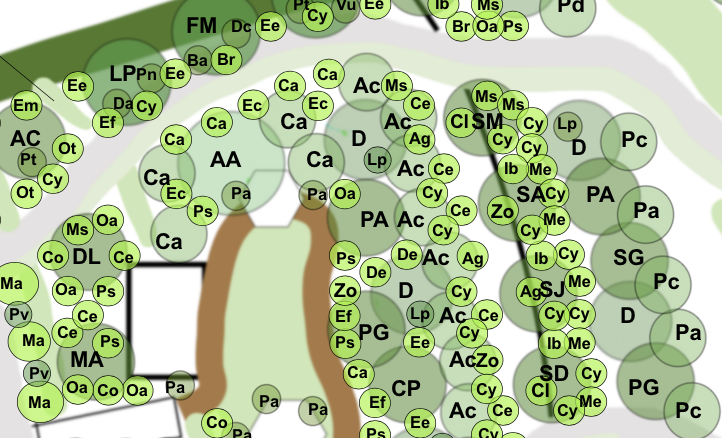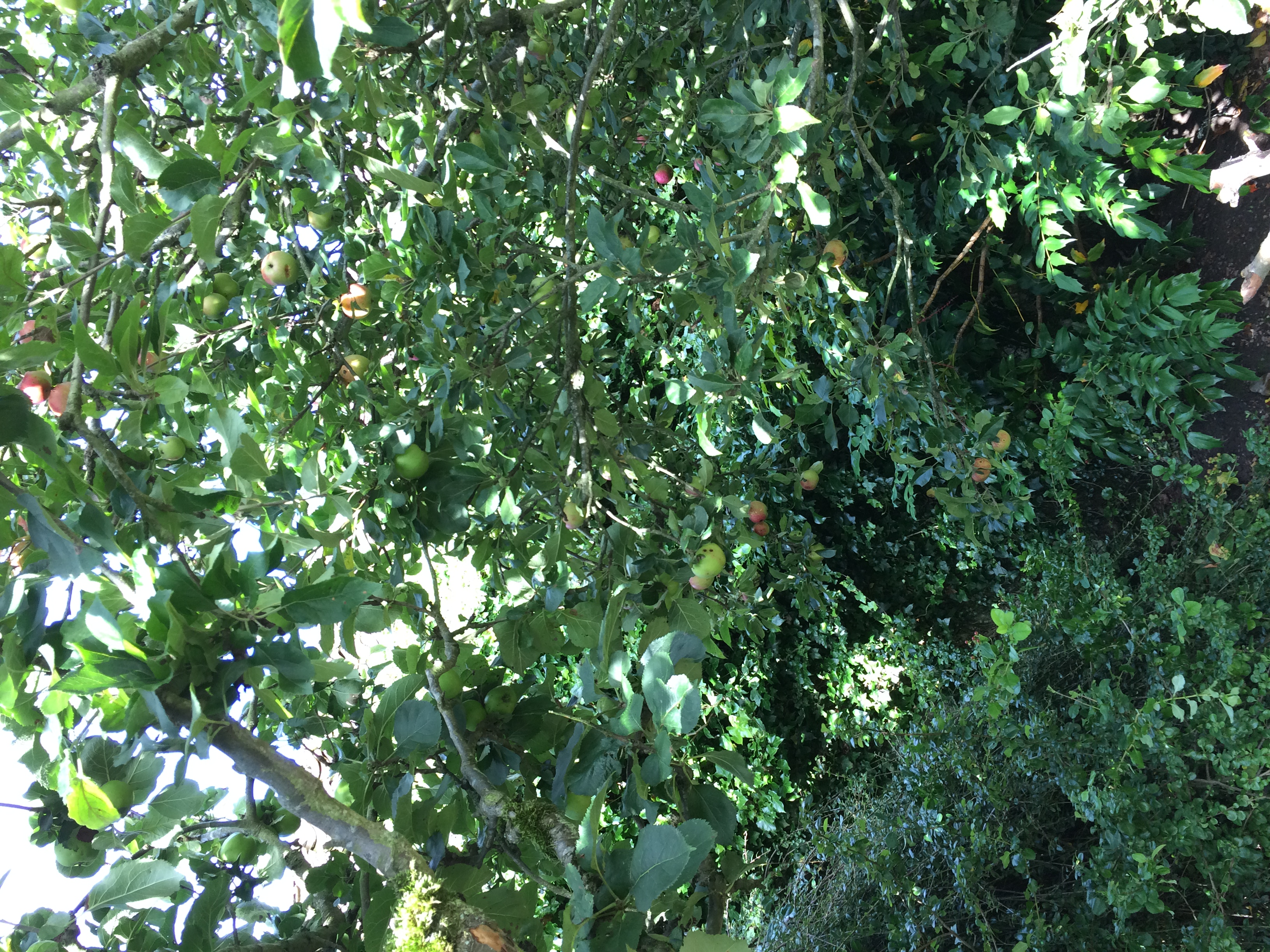Creating a Food Forest in Your Garden

If you are interesting in growing your own food at home, it is important to understand that growing annual fruits and vegetables in a vegetable plot or raised beds is not the only option.
Perennial food production is another interesting area to explore, and a food forest is a wonderful concept which allows you to grow a lot of food while also caring for our planet, and creating a garden that will, once established, take up far less of your time.
What is a Food Forest?
A food forest, also known as a forest garden, is a system that mimics a natural woodland or forest, but which has been carefully designed to include a wide range of plants that provide us with edible and other yields.
Food forests have layered planting, with species carefully selected to work well with one another and to create a system that can stand the test of time. These systems include canopy trees, sub-canopy trees, shrubs, taller herbaceous plants, climbers, ground cover plants and roots and tubers, all of which grow well together and provide you with what you need.
The Benefits of a Food Forest
A food forest has a range of benefits as a growing system. Just some of the benefits of creating a food forest in your garden include:
- Carbon sequestration.
- Effective water management.
- Improved shade cover and soil health.
- Low maintenance and a system that sustains itself over time once established.
- High yields, that continue to grow over time.
Designing a Food Forest

Designing a food forest means looking carefully at the site and determining your goals. You need to think about sunlight, shade, wind and water, topography and soil, as well as considering your own needs and what precisely you would like to achieve.
Food forests come in a range of different shapes and sizes and what works well in one location won't necessarily work as well in another. So when designing a food forest you definitely need to design for where, precisely, you live.
However, no matter where a food forest is located, there are certain functions and roles that you want the plants within the system to fulfil. In addition to choosing plants which provide us with food and other resources, we also need to choose plants to serve their neighbours, and the system as a whole.
Begin by choosing tree and shrub species for food, and for nitrogen fixation. Once you have decided on these, you can begin to fill in the lower layers and design guilds or polycultures of plants that work well with one another and don't compete too much.
Create the right layout to maximise edge, and choose the right species to include in your design and you could have a closed loop system that will, with little effort on your part, provide for you and your family for many years to come.
If you enjoyed reading that, you'll surely love our Shambhala Living Podcast too..
S t a y C o n n e c t e d
We'd love to share more about our food growing and regenerative living tips, ideas and visions for a new future.


